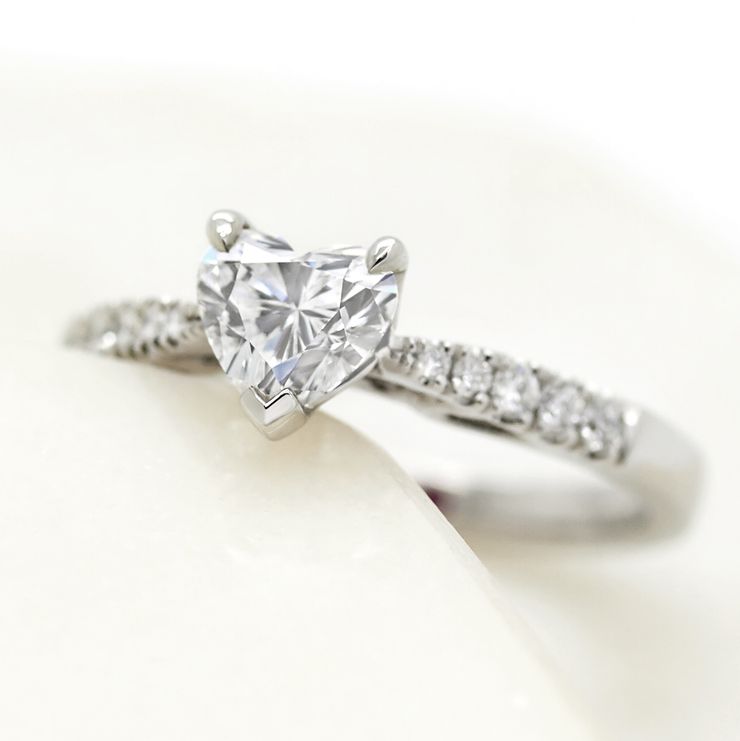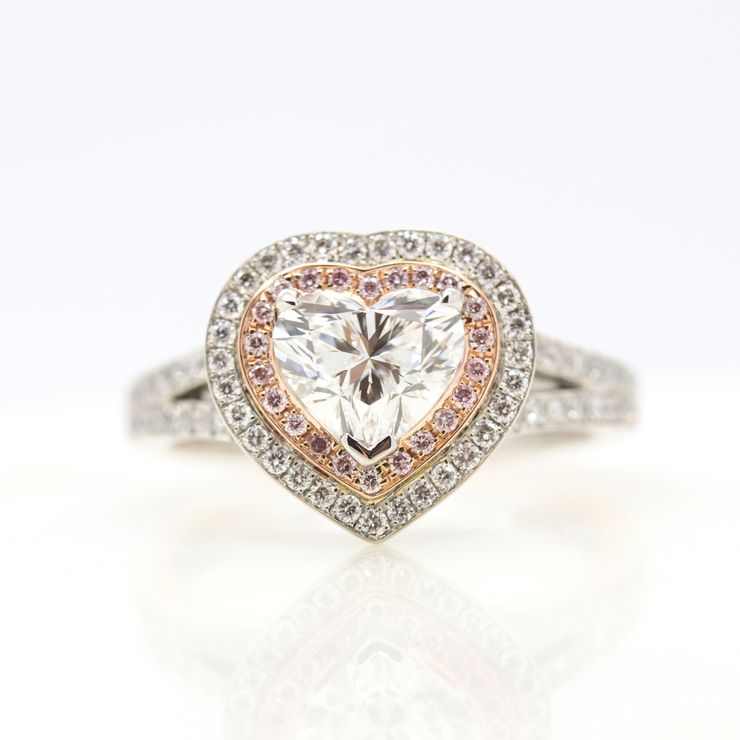When diamonds are formed deep in the earth, they develop clarity characteristics–slight irregularities visible under 10x magnification. Depending on the size, quantity, placement, tone or colour of these clarity characteristics, they may or may not be visible to the naked eye. This is one of the reasons why a truly flawless diamond is so rare.
Diamond clarity is dependent on personal preference. Some may be happy with a diamond that features clarity characteristics that aren’t visible to the naked eye, while others desire a technically flawless grade and appearance. The choice is ultimately yours.


